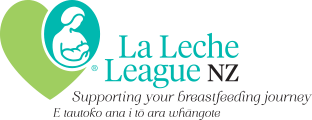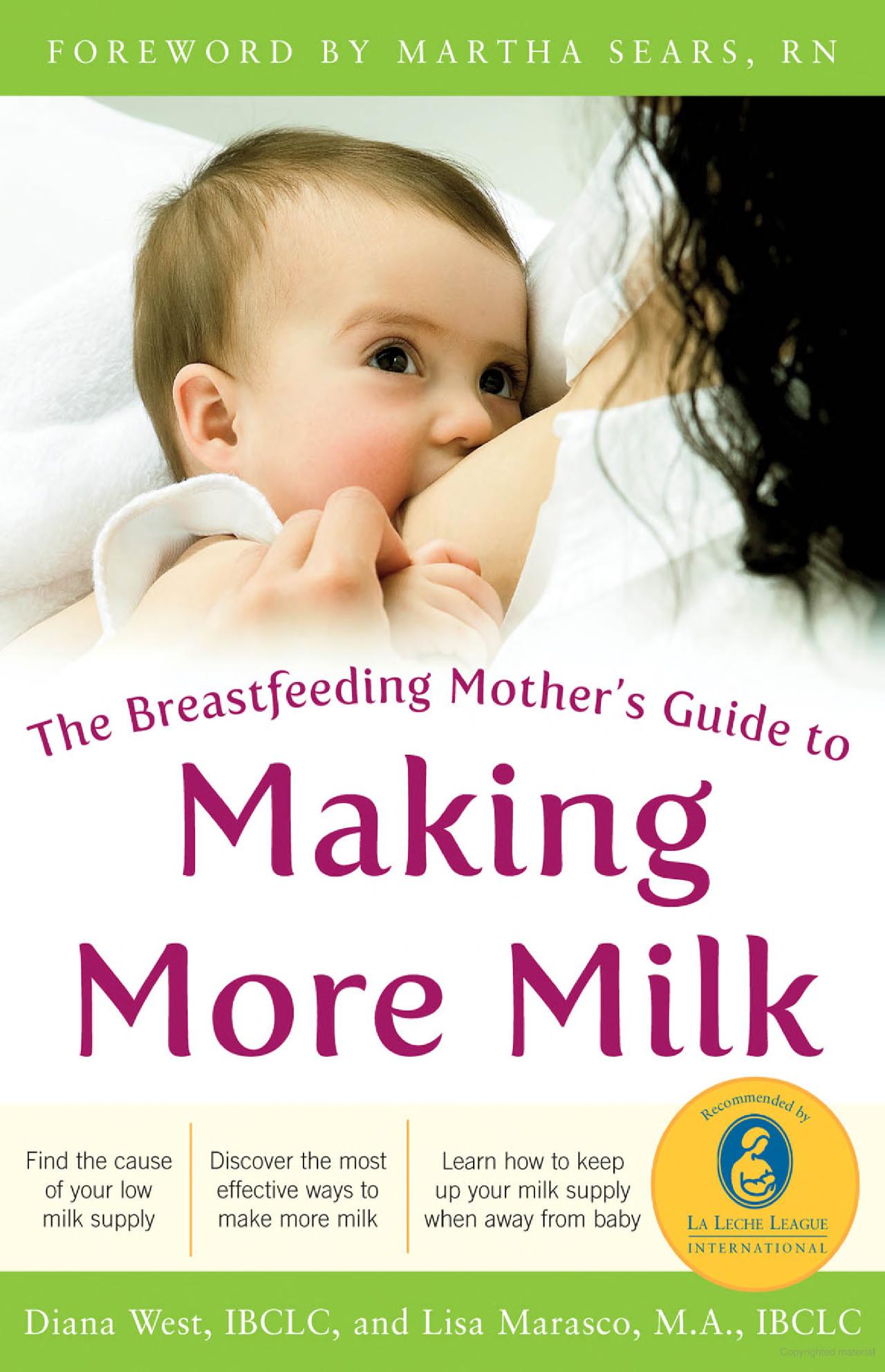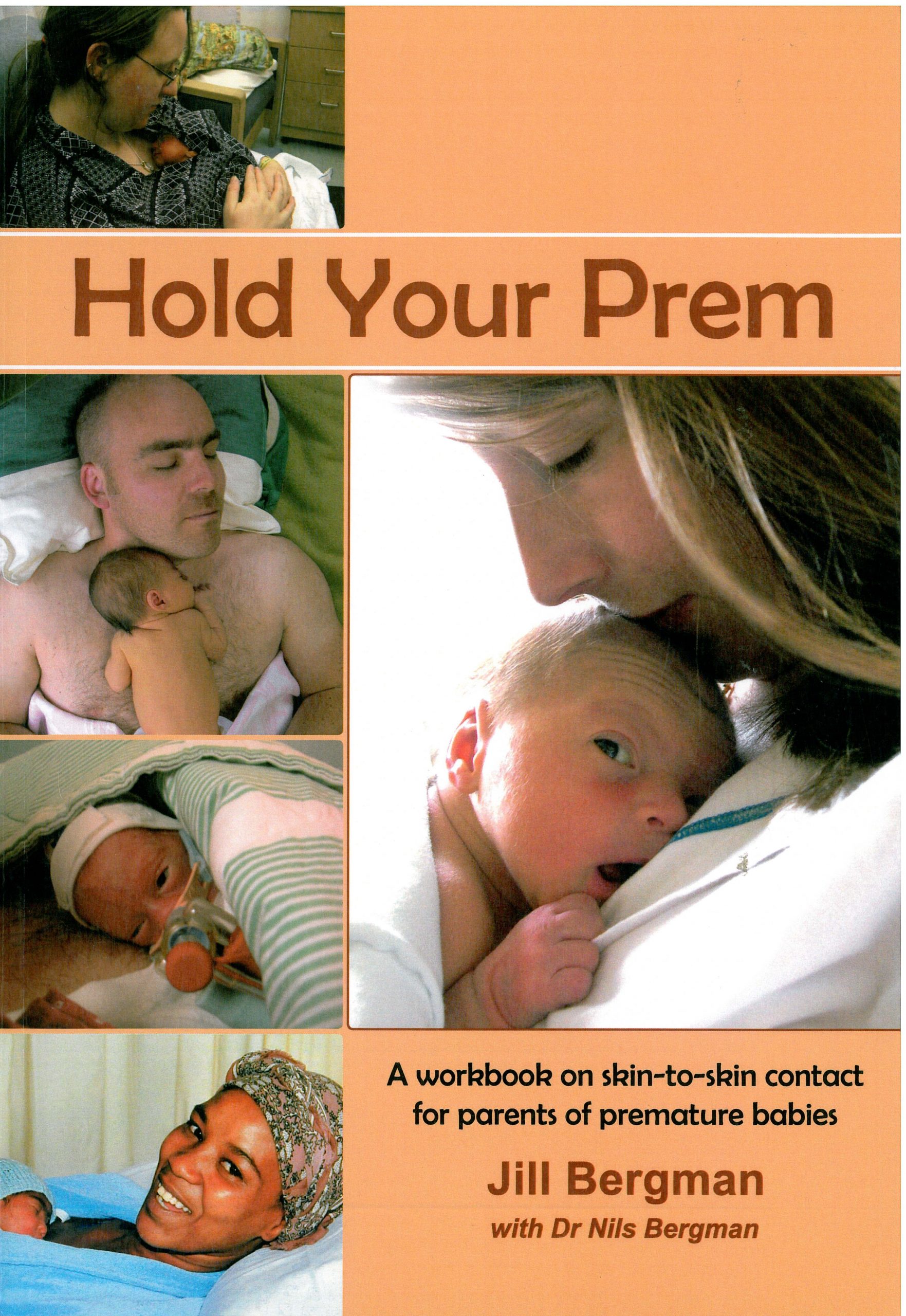Coping with a Prem Baby
I would like to share my experience so that it may help anyone out there who has been told that you cannot breastfeed a premature baby.
I had six weeks to go and I was enjoying myself at a Warrior’s game at Ericsson Stadium. Half way through the game the pain in my back started. My thoughts were that the baby must be sitting in a funny position, causing me discomfort and I tried to ignore it. At 11pm the same night I thought maybe there was more to it and rang my backup midwife as my midwife was on holiday at the time. The next morning I met the midwife in hospital and yes, unfortunately, I was in labour. Things slowly, very slowly, progressed. The doctor at the hospital did not see any reason to stop the labour, as the baby was a good size.
Forty-one hours later my beautiful baby boy, Antony, was born at six pounds six ounces (2.89kg); a good size for a prem baby. I got to hold him for about 30 seconds before he was taken away for testing. I kept saying I wanted to put him straight on the breast but this just fell on deaf ears. He was taken to SCBU (Special Care Baby Unit) and put in an incubator just as a precaution. I was told he was very healthy.
The next day was when things became emotionally exhausting for me. I was expressing every three hours to try to bring on my milk. Being so early my body was not yet ready for this. Antony came out of his incubator and went into a cot.
He had a tube up his nose going down to his tummy to feed him, to my horror, formula. I was getting a little bit of colostrum but not enough to feed him completely so he was topped up with formula.
I spent all day and night with him until I had to sleep. That was the hardest time.
Everyone around me in the room had a baby and I felt, after a not so normal birth experience, that I had nothing to show for it. A lot of tears were shed over this week. I’ll never forget crying in bed one night when a nurse came along and asked me if I was OK. I said, “No.” and she asked me if I would like a Panadol. You can imagine what went through my mind. There really should be a separate ward for mums with prem babies.
On day four my milk came through, to my delight. Breastfeeding had always been the only option in my mind. It’s funny, I always thought, you put the baby to your breast, they latch on and hey presto, baby feeding. Boy was I wrong. The nurses at Middlemore Neonatal Unit were a great help. It’s just that they each had their own style. One would say, “Do it this way.” You would try that, then on the next shift the nurse would say, “Not like that, try this way,” and I really didn’t need anymore confusion at this time. Luckily I am a strong person and I put my foot down and said, “This way feels right and this is the way I am going to pursue”. One night I was upset because I had a nurse who didn’t have many patients and insisted on tube feeding my baby. I felt he was not going to learn if he was given the easy way out all the time.
Finally my original midwife (Lesley) came back from holiday and things took a turn for the better. I could not praise her enough. She suggested that to help Antony with latching on I first express to soften the breast, because I was expressing so often I was over producing milk and my breasts were quite firm. She also suggested using a nipple shield to help with latching on. To my relief this worked; not fully, but enough to take the tube out of his nose and allow him to be topped up using a cup. I could see the looks on some of the nurses’ faces but I didn’t care. Day six ended my stay at Middlemore, which had really felt like a prison sentence, and I was transferred to Botany Downs Maternity Unit. Then things got so much easier and better. I think I relaxed more knowing there was no longer the option of a tube being put down Antony’s throat. The charge nurse was excellent and worked well with Lesley, together making things happen.
By about day nine Antony was fully breastfeeding without the nipple shield. I was so proud. Each feed took about one and a half hours and I had to feed every three hours so it was exhausting but definitely worth it.
There were mothers in there that I spoke to who gave up trying after two days with a full term baby, saying it was too hard or that it hurt. Each to their own but I do feel that people give up too easily.
In my mind from the time I fell pregnant the only option was to breastfeed. As a child I was not breastfed due to my mother having a bad experience with my older sister. Today I suffer from Irritable Bowel Syndrome (IBS) and wonder if this is due to formula. So you can see why I was going to take every precaution possible to avoid this happening to Antony.
I successfully fed him until he was 15 months old and I am now pregnant with number two, due in October. I’m hoping to go full term but this time I will be much stronger and wiser with my opinion.
So to anyone out there with a prem baby I would like to say don’t give up. It’s never too late to start breastfeeding even if it takes a week or two for your baby and you to learn to latch on. If I can be of any help please don’t hesitate to contact me through LLLNZ.
Lastly I would like to thank La Leche League for all their support. To be honest my antenatal classes put me off ever contacting LLL and made LLL women out to be a bunch of alternative hippies that breastfed until their babies were ten. This ignorance needs to change. A friend from my coffee group convinced me to go one day, which took a lot, as I was not confident about feeding in public.
The women in the LLL Group all made me feel so welcome and comfortable, with great helping hints for breastfeeding. Learning to feed in bed was the best thing.
So thank you La Leche League, for all your support.
I hope my story helps anyone out there coping with a premmie and I wish you all luck.
Tania Cross, Howick, Auckland
ArohaMay/June 2004


